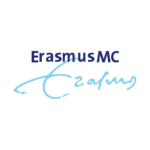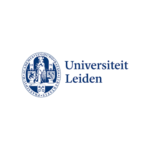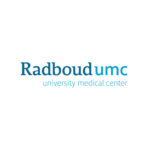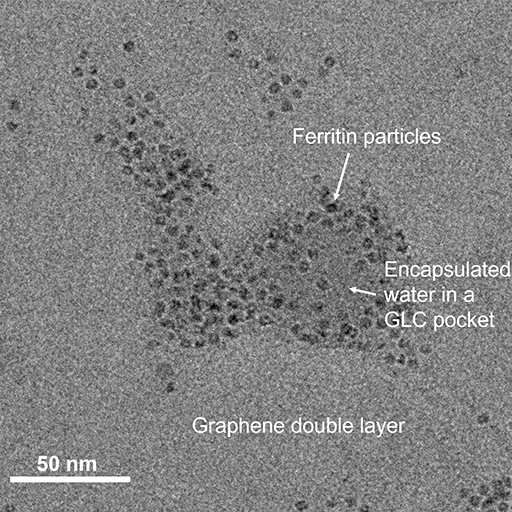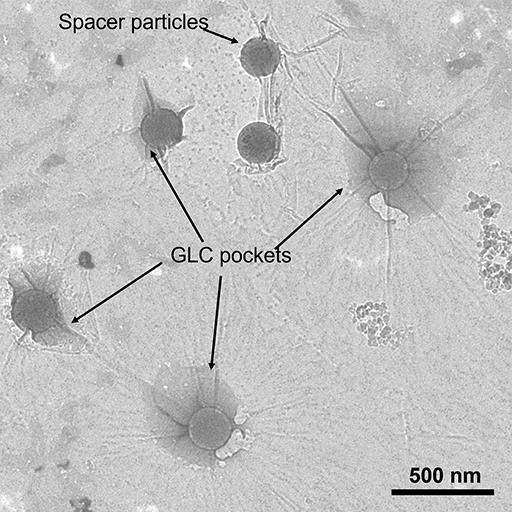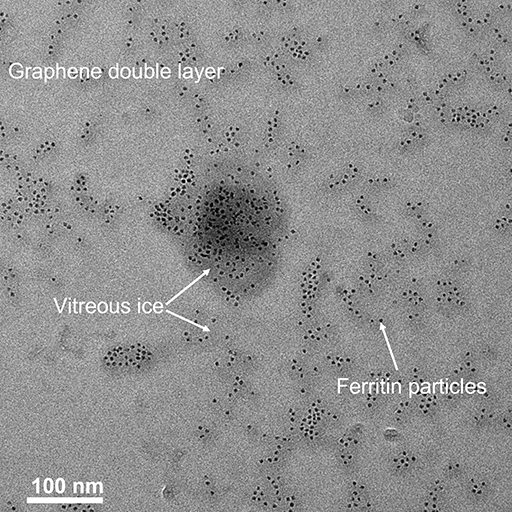Graphene liquid cells at a click
Vitrotem automates graphene liquid cell assembly to bring high-resolution liquid phase TEM imaging within reach in your research. Innovate now.
Introducing Naiad-1
The Future of Graphene Liquid Cell Fabrication
Our state-of-the-art technology simplifies the assembly of Graphene Liquid Cells (GLCs) , eliminating the need for specialized sample holders. Naiad-1 enables TEM imaging of whole biological cells and nanoparticles in liquid, providing reliable and reproducible results.
Discover the versatile capabilities of Naiad:
- Simple Assembly: Assemble GLCs effortlessly in a matter of minutes, with no requirement for specialized sample holders.
- High-Quality Graphene Preparation: Ensure reliable and reproducible results with Naiad-1's high-quality graphene preparation.
- TEM imaging of dynamic processes: Reliable and reproducible TEM imaging of nanoparticle diffusion in liquid.
- Wide-Ranging Applications: Naiad-1 finds application across biology, materials science, and nanotechnology, rendering it the perfect tool for researchers across all fields.
- User-Friendly Interface: Our system features a user-friendly design, enabling effortless use for researchers of all levels.
Elevate your research efficacy and efficiency with Naiad-1 - the frontier of Graphene Liquid Cell fabrication technology. Explore its potential today.
Innovating high-resolution TEM imaging
Graphene liquid cells in your research?
The Naiad-1 is a fully automatic system for the fabrication of graphene liquid cells.
Become part of the innovation.
Contact us for more information.
FAQ
Although manually preparing the graphene liquid cell sample can be challenging, VitroTEM provides an easy-to-use automated system for the assembly of graphene liquid cells (GLCs).
VitroTEM provides an easy-to-use automated system for the assembly of graphene liquid cells (GLCs).
Because of the nature of the process, the frequently used CVD graphene is contaminated by hydrocarbon remnants and copper residue carbon adsorbates, as well as other undesirable contaminants. Several graphene-cleaning processes are available to achieve the required cleanness for graphene liquid cell experiments.
Because of the low thickness of the liquid layer (~100 nm) entrapped between two thin graphene layers, graphene liquid cells (GLCs) for transmission electron microscopy (TEM) enable high-resolution imaging.
Poor reproducibility of GLC fabrication is unavoidable in many methods. However, using VitroTEM's fully automated loop assisted transfer method, the reproducibility of GLC fabrication increased significantly.
Graphene liquid cells (GLCs) enable dynamic TEM imaging of whole biological cells as well as single molecules and nanoparticles in liquid at unprecedented resolution.
A graphene liquid cell (GLC) pocket can have a liquid thickness of up to 100 nm.
Despite the use of specialized liquid cell holders for SiN chips, the graphene liquid cell sample can be prepared on a conventional TEM grid and imaged using a conventional TEM holder.
The primary benefit of liquid cell electron microscopy is that it reveals structural dynamics, allowing scientists to better visualize samples in motion. Unlike in Cryo-EM, where the sample must be frozen, the sample can be imaged in its native solution in a liquid cell.
Graphene liquid cell transmission electron microscopy (GLC-TEM) can be used in a variety of applications, including but not limited to crystal nucleation and growth, corrosion, battery science, and high-resolution imaging of organelles and proteins.
What are Graphene Liquid Cells?
Graphene liquid cells are nano to microscale pockets of water sealed in two layers of graphene. Around the pocket, the two graphene layers stick together due to strong static forces, giving rise to a very stable pocket that is both water and vacuum tight. Graphene liquid cells form an ideal platform to study samples in liquid in transmission electron microscopy, where the ultra-thin graphene functions as the most electron transparent window currently available. In graphene liquid cells, samples sustain significantly reduced harm the electron beam irradiation due to graphene’s well-attested protective effects. Furthermore, using Vitrotem patented spacer technology, the thickness of the liquid layer in the liquid cells can straightforwardly be optimized. The optimal liquid cell thickness is found close to the sample dimensions; accommodating the sample without deformation while offer the thinnest possible structure to minimally obstruct the transmission electron beam.
Samples in graphene liquid cells are dissolved and hydrated, retaining in many aspects their native state. With graphene liquid cells, drying, freezing or fixating are no longer required. The room temperature assembly process drastically simplifies the sample preparation compared to cryo-EM methods. The resulting ultra-thin structure leads to high resolution imaging of biological and organic matter without the need for staining. Application areas include the direct sub-nanometer resolution imaging of proteins, nanomaterials and in particular metallic nanoparticles at atomic resolution.
Partners

